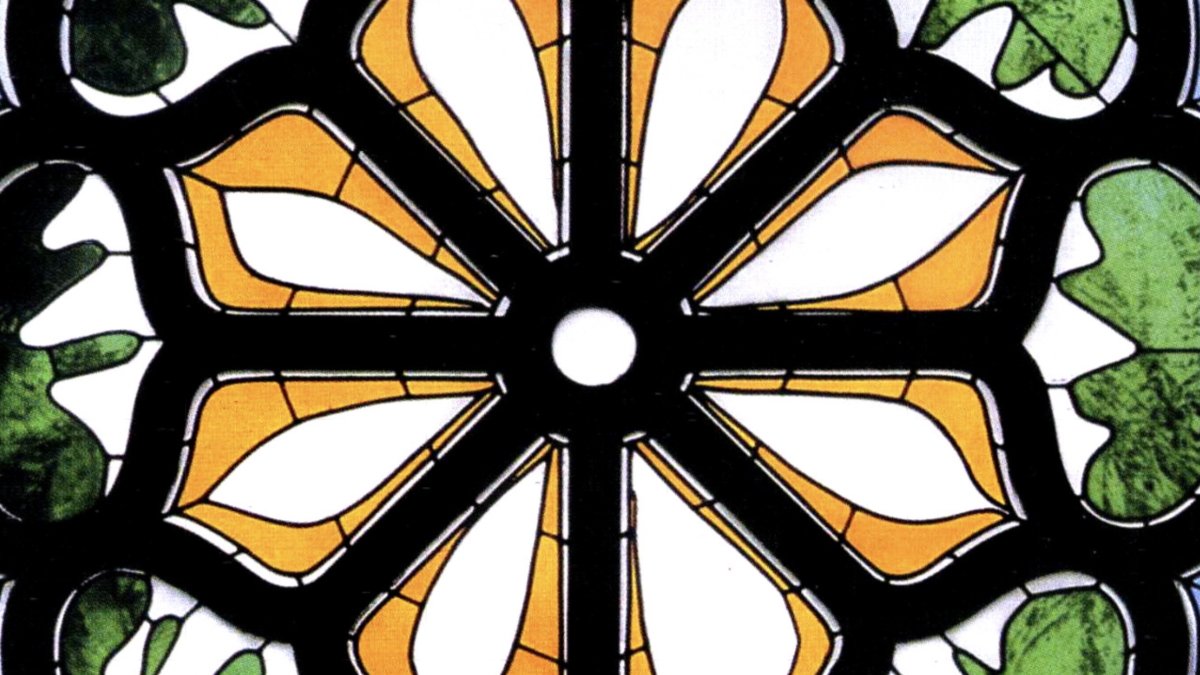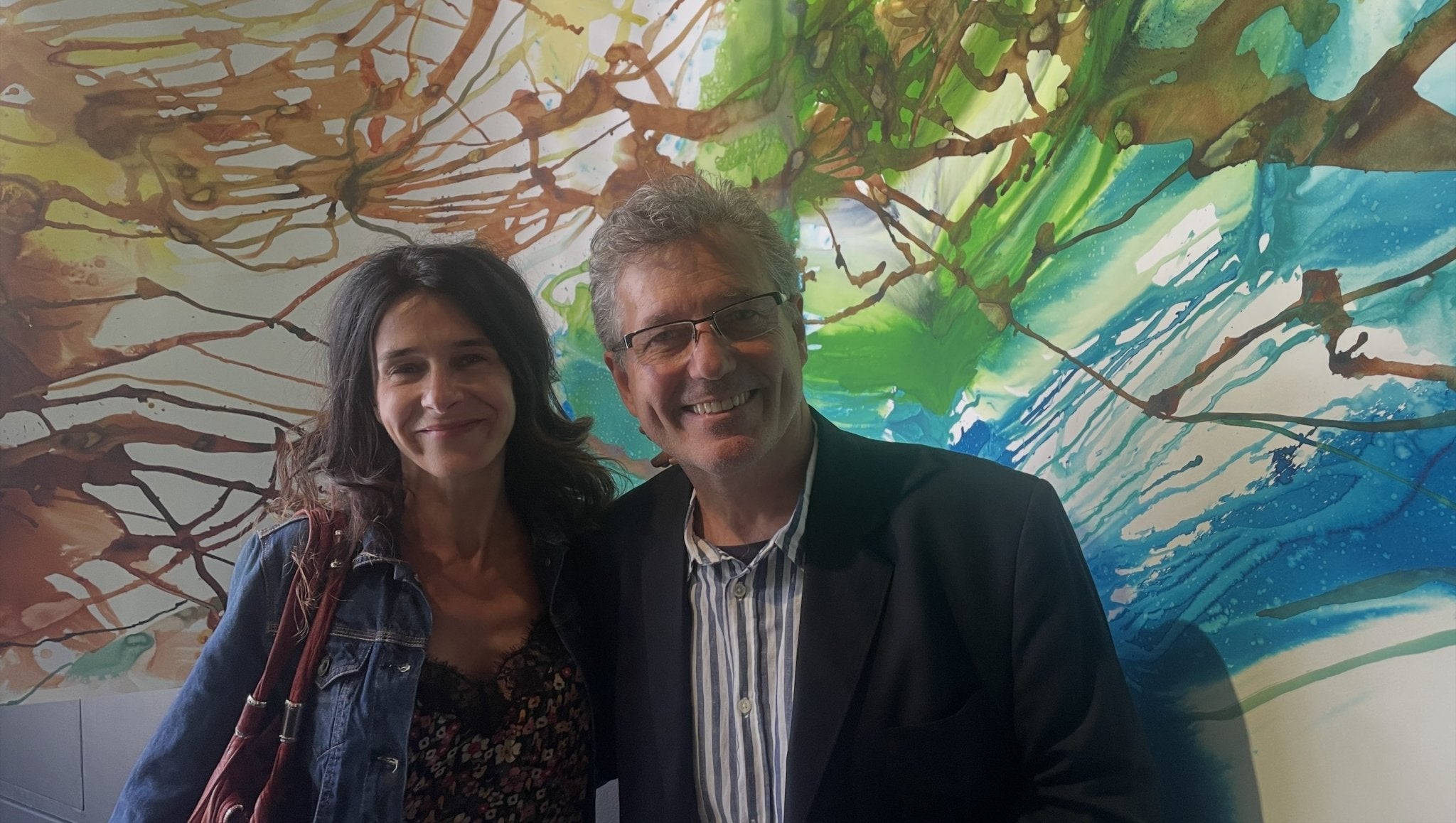
The Importance of Texture in Abstract Art
Broadly speaking there are two categories of texture in art, just as in life: rough and smooth. Both can be hard or soft, wet or dry, organic or synthetic, etc. And infinite gradations of roughness and smoothness are possible. But one key difference separates the function texture performs in life from the function of texture in art. In life texture can be a matter of survival. Our perception of whether something is slippery, slimy, scaly or fuzzy could mean the difference between life and death. Texture in art is less dire. Most artworks are not even meant to be touched. And even when an artwork can be touched its texture relates more to our aesthetic experience than our continued existence. Nonetheless texture is an important part of our interaction with art. It is one of the seven formal artistic elements, along with line, color, shape, form, value and space. It can affect mood, evoke psychological associations, bring attention to a medium, or divert our focus toward materials used in a work. Used adeptly, texture can even challenge our perception of what is real.
Drama and Light
One of the earliest ways abstract painters experimented with texture is through a process called impasto. When we say a painting is impasto, we mean the painter has applied the paint to the surface in thick layers. An impasto work is considered painterly, since it gives prominence to the physical marks made by the painter. Post-Impressionist painters like Van Gogh used impasto to create drama, and to affect the way light interacted with the surface of their images since impasto layers create shadows and highlights. Abstract Expressionist painters like Jackson Pollock use thickly layered paint to bring attention to the act of painting and to reveal the personality and individual technique of the artist.
The opposite of impasto texture is flatness. Artists like Helen Frankenthaler and Kenneth Noland stained their canvases, pouring thinned paint directly onto unprimed canvases to merge the surface with the paint. Their flat textures diverted focus away from the physical gestures of the artist, encouraging the contemplation of other elements like color, surface, and space. Early abstract artists such as Kazimir Malevich also painted flat, non-painterly images. Interestingly, many of the iconic flat paintings Malevich painted, such as Black Square, have, with age, acquired textures much different than the artist intended. It is fascinating to contemplate whether the meaning viewers perceive in such works has been altered by the change in texture.
 Kazimir Malevich - Black Square, 1915. Oil on linen. 79.5 x 79.5 cm. Tretyakov Gallery, Moscow
Kazimir Malevich - Black Square, 1915. Oil on linen. 79.5 x 79.5 cm. Tretyakov Gallery, Moscow
Physical vs. Visual Texture
Texture in art can be perceived in at least two ways: through touch (physical texture) and through sight (visual texture). Physical texture gives an artwork a sense of object-ness. It associates it with the concrete physical world. The Italian artist Alberto Burri used found materials in order to create physical textures in his works that could evoke primal emotional responses in viewers. Korean Dansaekhwa artists and artists associated with the Japanese avant-garde Gutai Group also put an emphasis on materiality, believing, as was stated in the Gutai Manifesto, “that by merging human qualities and material properties, we can concretely comprehend abstract space.”
Other artists are more interested in the potentialities of visual texture. The paintings of British Op Art painter Bridget Riley are completely flat, but fool the eye into perceiving textured waves and dimensional layers. Abstract photographers also play with visual texture. Canadian-born abstract photographer Jessica Eaton builds three-dimensional objects then photographs them with multiple filters. Her flat prints appear to be without texture, but upon closer look the physical textures of the objects she built come through, confusing the eye as to whether it perceives textures that are real or imaginary.
 Jessica Eaton - cfaal 72r, 2001. Pigment print. © Jessica Eaton (Left) / Bridget Riley - Descending, 1966. Emulsion on board. © Bridget Riley (Right)
Jessica Eaton - cfaal 72r, 2001. Pigment print. © Jessica Eaton (Left) / Bridget Riley - Descending, 1966. Emulsion on board. © Bridget Riley (Right)
Texture in Abstract Sculpture
Abstract artists working in three-dimensional space enjoy additional opportunities to deal with the element of texture because their work is more often intended to be touched. Jesús Rafael Soto creates large-scale, three-dimensional sculptures called Penetrables, which viewers walk through, allowing the smooth, synthetic texture of the tendrils to envelop them as part of their aesthetic experience. And artists such as Henry Moore, who made numerous public, outdoor sculptures, have the chance to demonstrate how time, human hands, and the elements transform the essential character of an artwork over time.
 Jesús Rafael Soto - Penetrable de Chicago, 1971. Kinetic sculpture. © Jesús Rafael Soto
Jesús Rafael Soto - Penetrable de Chicago, 1971. Kinetic sculpture. © Jesús Rafael Soto
Texture is of paramount importance to our understanding of abstract art. What would the Specific Objects made by Donald Judd mean to us if not for their smooth, high-gloss, industrial texture, which was integral to their status as minimal, modern works? And how would the infamous Object, a fur-covered coffee set by the German-born Swiss artist Meret Oppenheim, have become an icon of Surrealism without its uncanny texture? Whether meant to be seen, touched, or both, by contemplating the texture of abstract art we can relate to it on new levels, which can influence our understanding, deepen our appreciation, and transform the meaning we perceive in the work.
 Donald Judd - Untitled, (91-2 Bernstein), 1991. Stainless steel and red Plexiglas, in ten parts. © Donald Judd
Donald Judd - Untitled, (91-2 Bernstein), 1991. Stainless steel and red Plexiglas, in ten parts. © Donald Judd
Featured image: Alberto Burri - Cretto (detail), 1975. Acrovinyl on cellotex. © 2019 Artists Rights Society (ARS), New York / SIAE, Rome
All images used for illustrative purposes only
By Phillip Barcio






